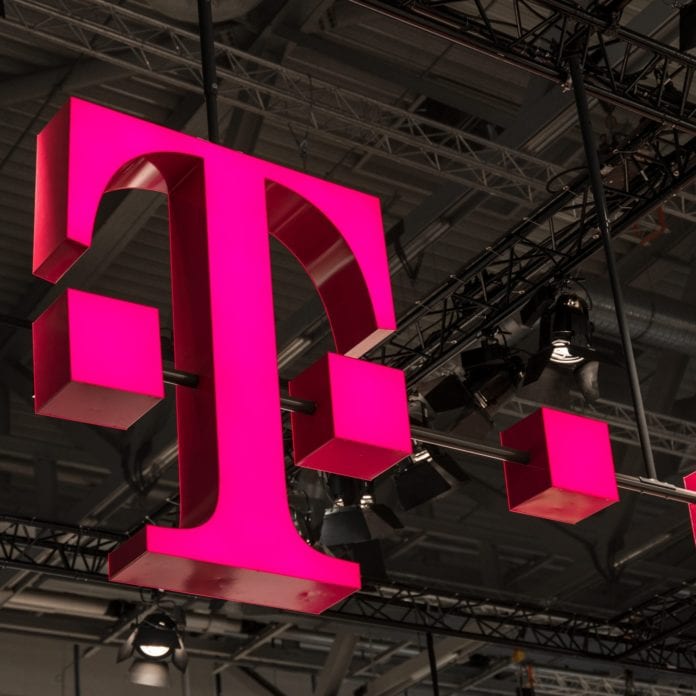German operator Deutsche Telekom installed 18 new high-speed 5G antennas in the city of Hanover, the telco said in a release.
These are located at six locations in the urban areas of Calenberger Neustadt, Mitte and Vahrenwald-List and transmit on the 3.6 GHz frequency.
“Our 5G expansion is continuing at a high pace. With Hanover, another large city now has high-speed 5G,” said Walter Goldenits, managing director of technology at Telekom Deutschland. “In the country as well as in the city, it is our aim to offer our customers the best connection by intelligently combining the different frequency bands for 5G and LTE.”
In addition to Hanover, the 5G network which uses spectrum in the 3.6 GHz band is available in twelve other German cities: Berlin, Bonn, Bremen, Darmstadt, Dortmund, Düsseldorf, Frankfurt, Hamburg, Cologne, Leipzig, Munich and Nuremberg.
In the Hanover region, over 400 antennas have been on air via this frequency since the summer. These are now being supplemented by the new high-speed antennas, the carrier said.
Deutsche Telekom also said that more than 45,000 antennas are 5G-capable throughout Germany. This means that well over 4,500 cities and municipalities in Germany have 5G services.
Around 55 million people can use the new mobile communications standard, representing two thirds of the country’s overall popuation.
Deutsche Telekom is using different frequencies for its 5G expansion. The focus is on the 2.1 GHz and 3.6 GHz frequency bands. Deutsche Telekom kicked off the rollout of its 5G network in a limited number of cities across Germany at the beginning of July 2019.
Rival operator Vodafone Germany recently said that its 5G network currently covers 10 million people across the country.
In a release, the carrier said that its 5G technology has been recently activated in 300 new cities and municipalities across Germany.
For its 5G expansion in Germany, Vodafone is relying on 5G frequencies i at 1.8 GHz in most locations — especially in cities — and also on 3.5 GHz spectrum.
Vodafone also uses frequencies in the 700 MHz band at individual locations to expand mobile communications in rural areas.
The telco is also using dynamic spectrum sharing (DSS) technology for its 5G expansion.
Telefonica Deutschland aims to cover 16 million people with its 5G network by 2022, with coverage across Berlin, Hamburg, Munich, Frankfurt and Cologne this year.
Meanwhile, the construction of 1&1 Drillisch’s 5G network has been experiencing delays due to the COVID-19 pandemic. According to previous reports, 1&1 Drillisch expects to launch its 5G network in 2021.

